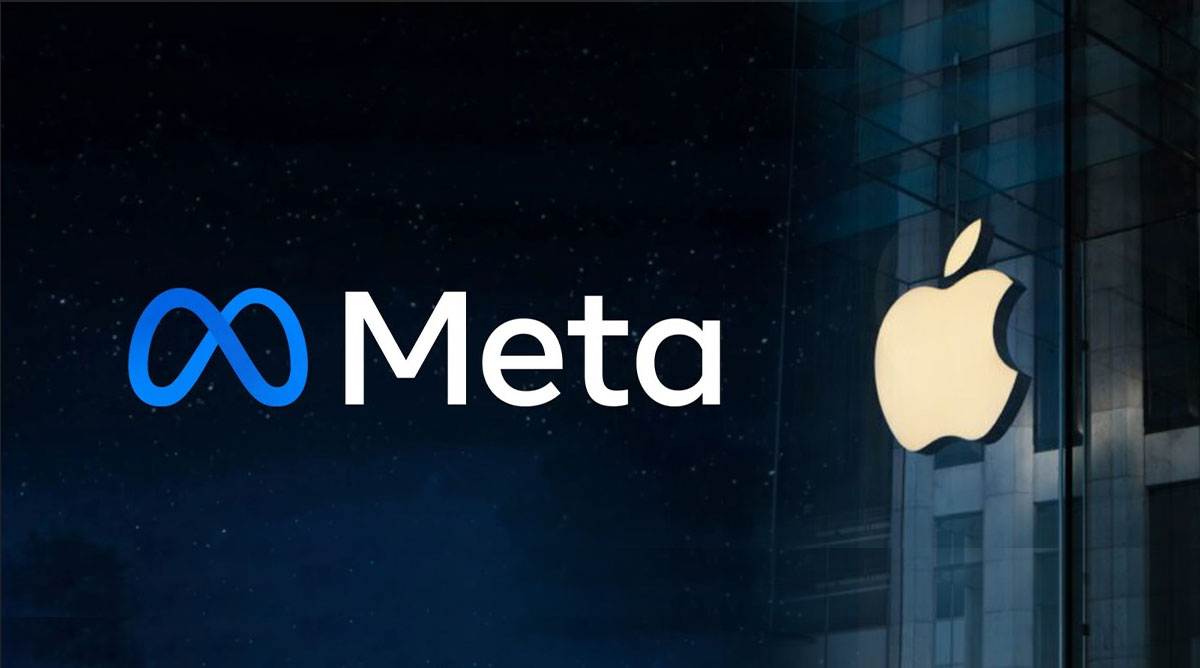Highlights:
- Changes in catch-up contributions under the SECURE 2.0 Act are reshaping retirement savings strategies.
- High-earning Americans face a shift from traditional 401(k) plans to Roth accounts, impacting tax advantages.
- Retirement planning may need to adapt to potentially higher tax liabilities in the near term.
The SECURE 2.0 Act is ushering in significant changes to retirement savings, particularly concerning catch-up contributions.
This shift is particularly impactful for higher-earning individuals who have long benefited from the tax advantages of traditional 401(k) plans. The move towards Roth accounts alters the tax landscape, potentially raising tax liabilities for these individuals in the near term.
The Impact on Higher-Earning Americans
For higher-earning Americans, the transition to Roth accounts means losing the upfront tax break offered by traditional 401(k) plans. This change is likely to increase their near-term tax liability.
Additionally, those who continue with catch-up contributions but are further along in their careers and have higher incomes may see their take-home pay reduced. This is because Roth contributions are taxed differently, requiring more upfront payment.
Retirement Planning Considerations
Many individuals choose traditional 401(k) plans over Roth accounts because they anticipate being in a lower tax bracket in retirement. However, high earners with substantial 401(k) and traditional IRA balances may find themselves in the same or higher tax bracket when required minimum distributions begin. In such cases, the tax-free growth of Roth accounts becomes more attractive.
Flexibility and Penalty Considerations
While Roth accounts offer tax-free growth and withdrawals in retirement, there are limitations. Withdrawals of Roth earnings before age 59.5 and before the account has been open for five years may incur penalties. Despite this, Roth accounts offer more flexibility than traditional 401(k) plans, allowing contributions to be withdrawn at any age, for any reason, without taxes or penalties.
Transition Period and Implementation
Originally set to take effect immediately, the changes to catch-up contributions outlined in the SECURE 2.0 Act were delayed due to concerns raised by many companies regarding the implementation timeline.
The IRS announced a two-year transition period in August 2023 to allow high-income earners time to consider their options and adjust their retirement savings strategies accordingly.
In conclusion, the shift towards Roth accounts represents a significant change in retirement savings strategies, particularly for higher-earning individuals. Understanding these changes and their implications is crucial for effective retirement planning.
Leah Hendricks is a Senior Editor at VOU (voiceofusa.com) Finance, running newsletters. Follow her on Twitter @iam_leahhen.
Here are some resources for further information:
More on VOU
The Persistence of Unhealthy Diets in the United States: An Examination
Highlights The State of American Diets Recent research from Tufts University, published in the Annals of…
Here’s Why Refined Sugar is a Slow Poison According to Nutritionists
Highlights White sugar, also known as refined sugar, is a staple in many diets worldwide. While…
ByteDance Teams Up with Broadcom and TSMC to Develop 5nm AI Chip
Highlights: ByteDance’s Strategic Move in AI Chip Development TikTok’s parent company, ByteDance, has embarked on a…
Apple and Meta Eyeing AI Partnership
Highlights Apple and Meta’s AI Vision Apple is reportedly in talks with Meta to explore a…





